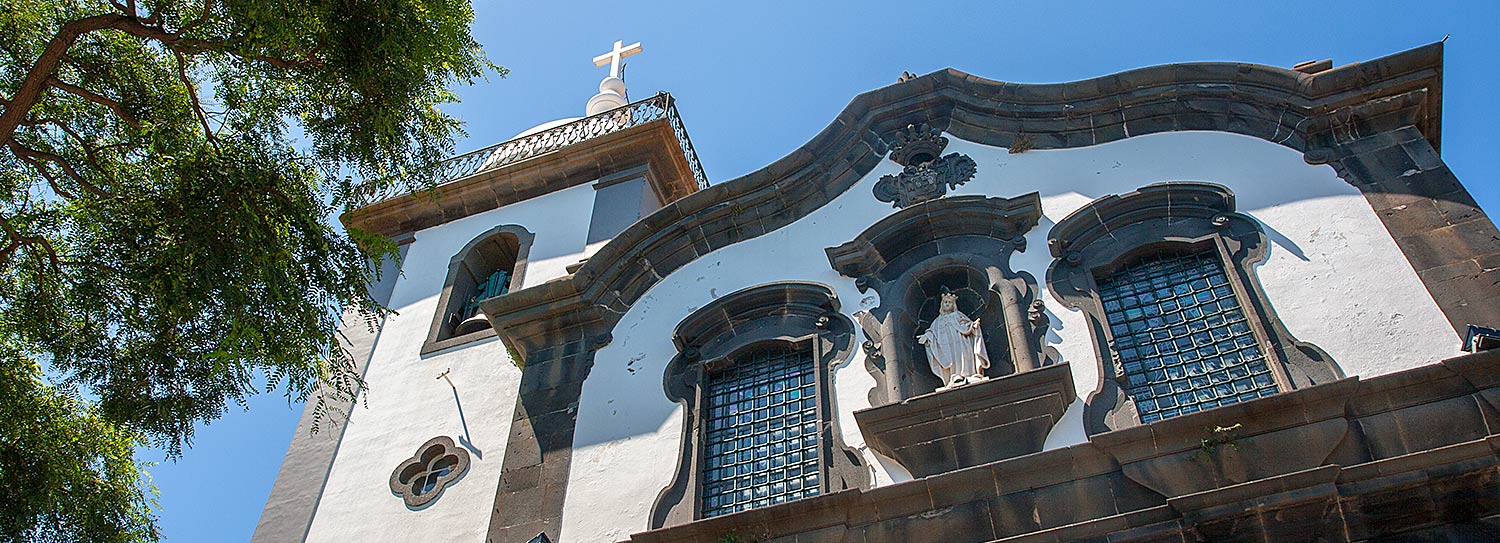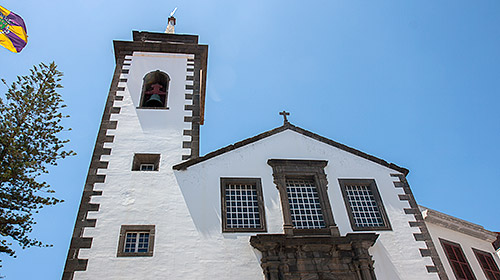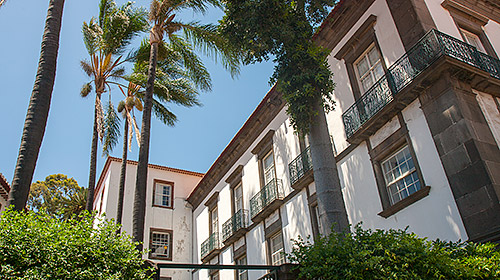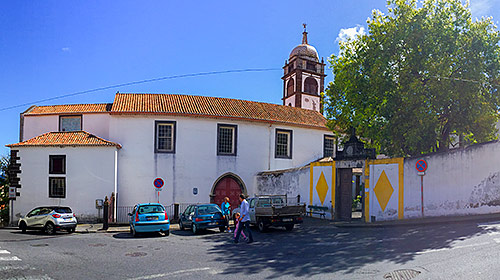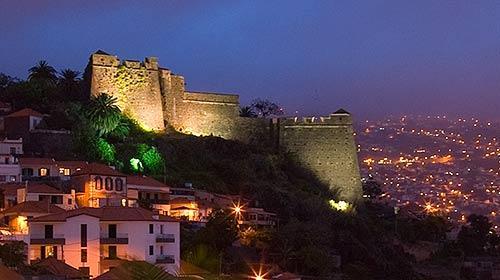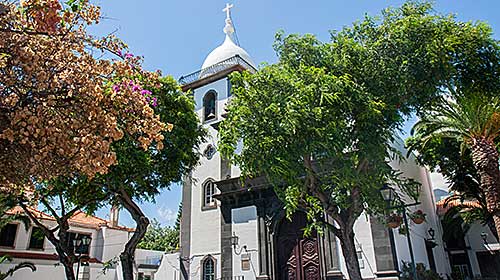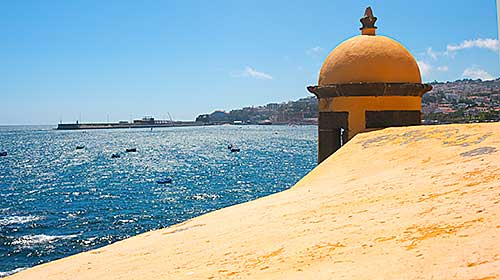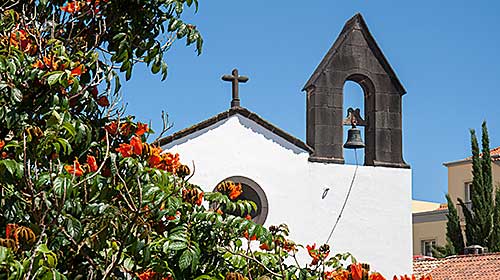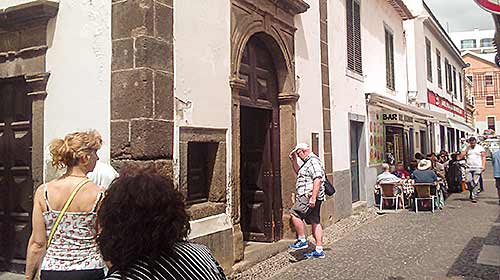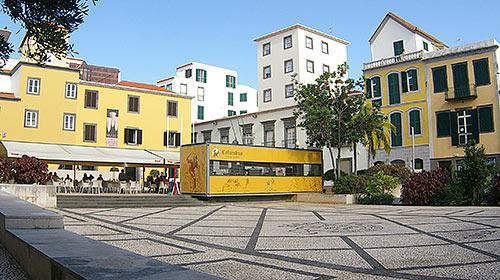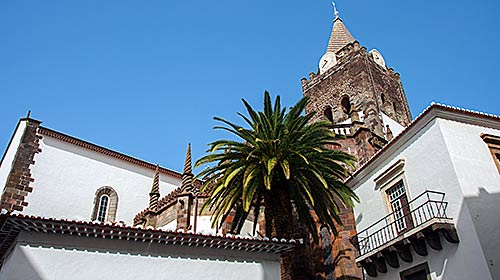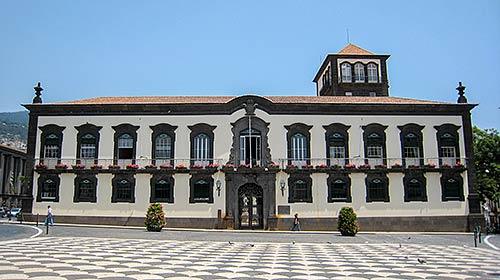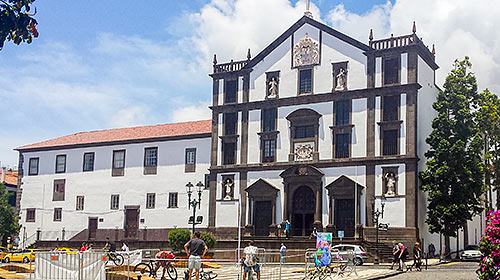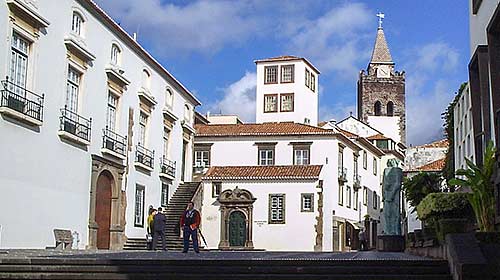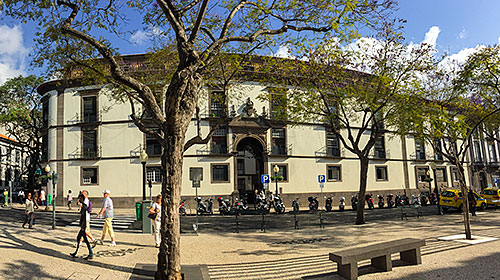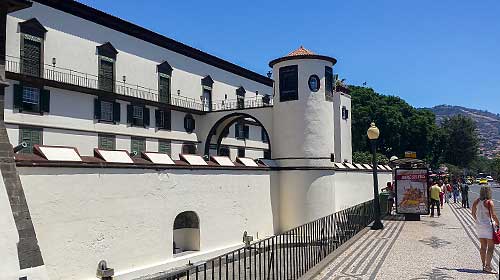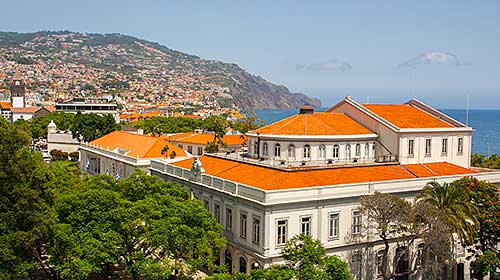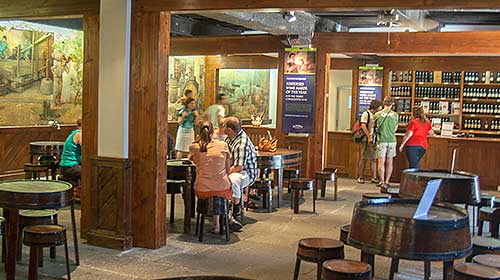Towards the end of the 15th and the beginning of the 16th century, Funchal’s population grew rapidly. And, as usual at that time, the hygiene and health care facilities were not sufficient to cope with the constantly increasing number of inhabitants, which favoured a plague outbreak that devastated the island during the years from 1521 to 1523.
In the light of this catastrophe, in January 1523 the town’s authorities got together in the Sé Cathedral in order to choose the patron saint of Funchal. Like in a lottery, they put the names of the Saint Apostles, the Virgin Mary and Saint John The Baptist into a child’s hat.
This way Saint Tiago Minor (James the Younger) was chosen to protect the city of Funchal and on the 21st of July of the same year his image was carried in a big pilgrimage to the eastern limits of the town, where the construction of a small chapel to be dedicated to him had already been started.
Yet, the construction works were delayed and after an earthquake in 1538, the plague broke out again, so on the 1st of May, the day dedicated to the patron saint, it was decided to make another pilgrimage in order to renew the vote. The legend has it that no other plague case was known after that, and the 1st of May Pilgrimage is still taking place until today.
The church Santa Maria Maior, which we see there today, shows the typical features of a baroque construction of the middle of the 18th century, although influenced by the characteristic austerity of the insular constructions. The facade consists of old stone work hand cut in the traditional way, and the doors, still made of the original woods, represent one of the best wood works done on the island.
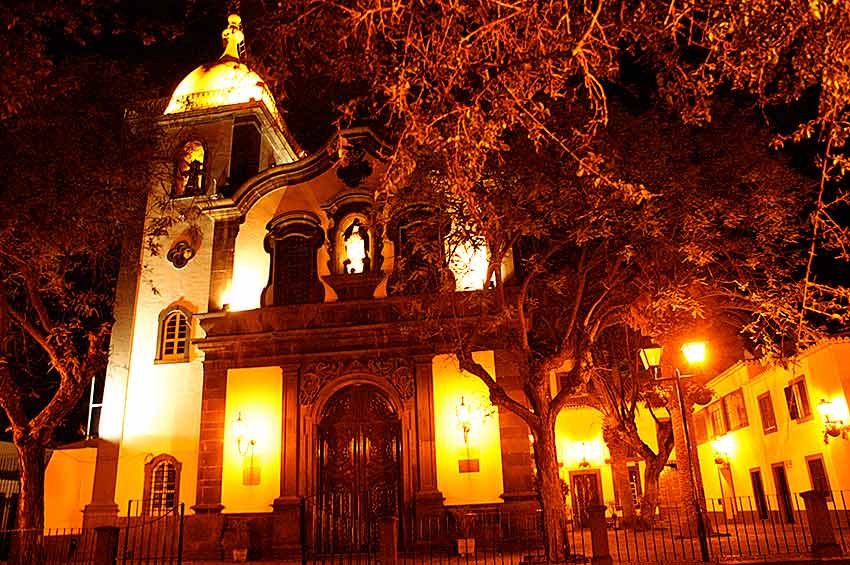
A few steps lead up to a small square with big leaf trees, which is enclosed with a fence with iron posts and gives access to community service facilities and the parochial residence, where you will find architectonic structures from the old chapel from the 16th and 17th century.
During the centuries the interior of the chapel was submitted to a lot of remodelling works so that there is very little left from the original chapel. All that remained is a big silver exotic wood sacrarium and a 16th century cross that was given to the people to kiss during religious ceremonies, now on exhibition in the Sacred Art Museum.


 English
English  Português
Português  Deutsch
Deutsch  Español
Español 